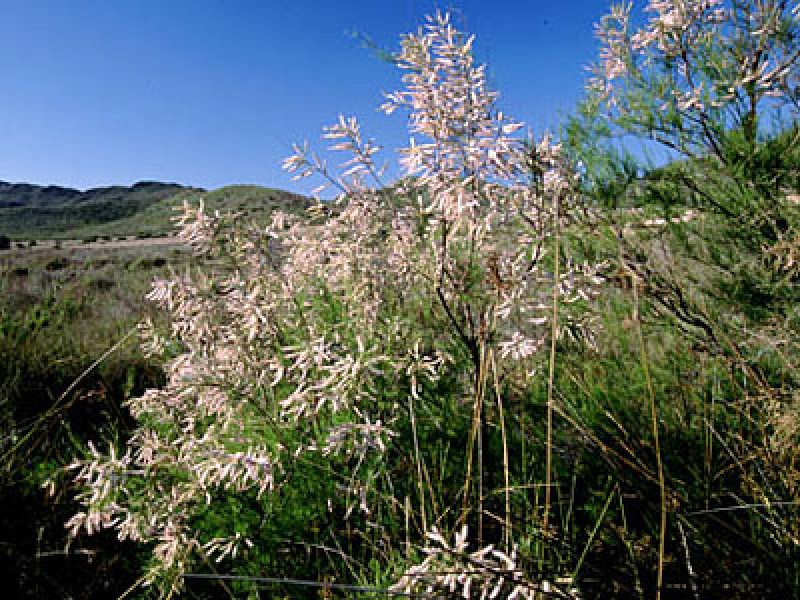

Guidelines for submitting articles to Santa Rosalia Today
Hello, and thank you for choosing Santa Rosalia.Today to publicise your organisation’s info or event.
Santa Rosalia Today is a website set up by Murcia Today specifically for residents of the urbanisation in Southwest Murcia, providing news and information on what’s happening in the local area, which is the largest English-speaking expat area in the Region of Murcia.
When submitting text to be included on Santa Rosalia Today, please abide by the following guidelines so we can upload your article as swiftly as possible:
Send an email to editor@spaintodayonline.com or contact@murciatoday.com
Attach the information in a Word Document or Google Doc
Include all relevant points, including:
Who is the organisation running the event?
Where is it happening?
When?
How much does it cost?
Is it necessary to book beforehand, or can people just show up on the day?
…but try not to exceed 300 words
Also attach a photo to illustrate your article, no more than 100kb

The nature reserve of the riverbank woodland in Cañaverosa
A lush green environment on the banks of the upper reaches of the Segura in Calasparra and Moratalla
Cañaverosa is the only one of the three nationally recognized nature reserves in the Region of Murcia to be located on land, with the other two both being marine (those of Cabo Tiñoso and Cabo de Palos-Islas Hormigas).

The reserve, which was created in 1992, occupies an area of approximately 225 hectares in the far north-west of the Region, straddling the municipal boundary between Moratalla and Calasparra and following the course of the River Segura. Very soon after it was declared official it was badly affected by the forest fire which broke out in 1994, but since then the riverbank flora and fauna have recovered well alongside the upper reaches of the River Segura, where the tributaries of the Río Mundo and the Río Alhárabe meet.
This is a lush, green environment made all the more attractive by its sharp contrast with many other parts of the Region of Murcia, and the leafy canopy is provided by a variety of trees including willows, elms, poplars and shelters plants such as oleanders, dewberries, salt cedars and reeds. The vegetation also makes it the perfect home for numerous animal species, including otters, herons, bats, orioles and Spanish pond turtles, and although the area has also been home to human settlements over the millennia – prehistoric rock art has been found in the Abrigo de los Pozos – the reserve is practically untarnished by the hand of Man.
As well as the wildlife, visitors will appreciate the spectacular landscape, where over the millions of years the river has carved canyons up to 60 metres deep.
A visit to the reserve begins for most people very close to the spectacular sanctuary of the Virgen de la Esperanza in the municipality of Calasparra, at the Las Lomas viewing point. From here it is possible to look out over the rice fields on the plain which is watered by the river, and it is then only a short walk to the reserve of Cañaverosa, and after passing the spring of Las Juntas the path crosses the Alhárabe and a small fruit orchard before reaching the forest.
The main path through the reserve, the Senda de la Huertecica, then begins, with the woods interrupted only by streams before the route rises to another viewing point.

How to get to the natural reserve of Cañaverosa
The Sotos y Bosques de Ribera de Cañaverosa reserve is only a short drive from the centre of Calasparra, heading out of town on Calle Ordóñez and crossing the main RM-714 road which leads from Jumilla to Caravaca (the exit from this road should be the point of reference for those approaching from out of town).
The sanctuary of the Virgen de la Esperanza is clearly signposted, and parking is available alongside.
The simple visitors centre provided in the reserve is open only at weekends from 10.00 to 15.00, contact telephone 626 055459, email e-mail: infonoroeste@carm.es, Twitter @RedNNoroesteMur.
Click for Spanish language pdf about the reserve.
